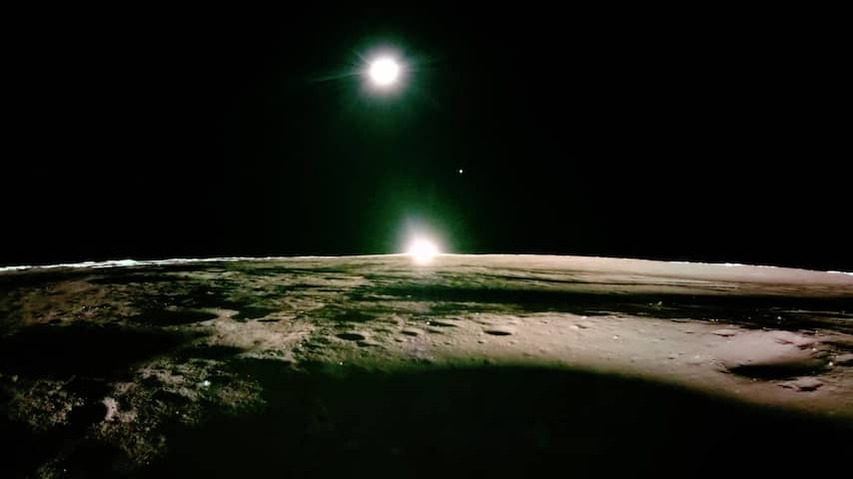
An Old Space Probe from the Former Soviet Union Will Likely Disintegrate in the Atmosphere on Saturday Morning. The Debris May then Fall to Earth. The Spacecraft will also fly over the Netherlands. But experts Say the Chance of Someone Being Hit is Negligible.
The Process Will Be Uncontrolled. There is no flight control that can intervene to send the probe to an uninhabited area.
EU Space Surveillance and Tracking (EU-SST), The Organization That Monitors All Objects Around the Earth For The European Union, updated Its Calculations on Friday Morning. The service Estimates That the Probe Will Pera at 8:07 am on Saturday.
However, there is a margin of error: it can happen almost five hours earlier, but also in the almost five hours after. Duration that Period, The Probe Flies about Large Parts of the World, Including The Netherlands. Duration that period, the calculations of EU-SST Become Increasingly accurate.
“Yet the Chance of Someone Being Hit is Almost Negligible,” Says Peter Batenburg to NU.nl. He is Program Manager of the Space Travel Collaboration between the Universities of Leiden and Delft and the Erasmus University. “The Earth is 70 percent water and large parts are uninhabited.”
Cosmos-482 was intended for Venus
The part that may end up on earth is from the cosmos-482 probe. The Soviet Union Launched It in 1972. The Planet Venus was The Destination, But The Probe Failed to Escape from An Orbit Around the Earth and Start The Crossing.
The Assumption is that it is the module that should have landed on Venus, Says Batenburg. Because the capsule was originally intended to survive the atmosphere or venus, parts of it should also be able to reach earth.
“That planet has a much denser atmosphere than Earth,” Batenburg Explains. “Therefore, there is a good chance that the module can withstand a return to earth.” The landing module would weigh about 500 kilos.
Four Other Parts Crashed in New Zealand in 1972. No One was injured.